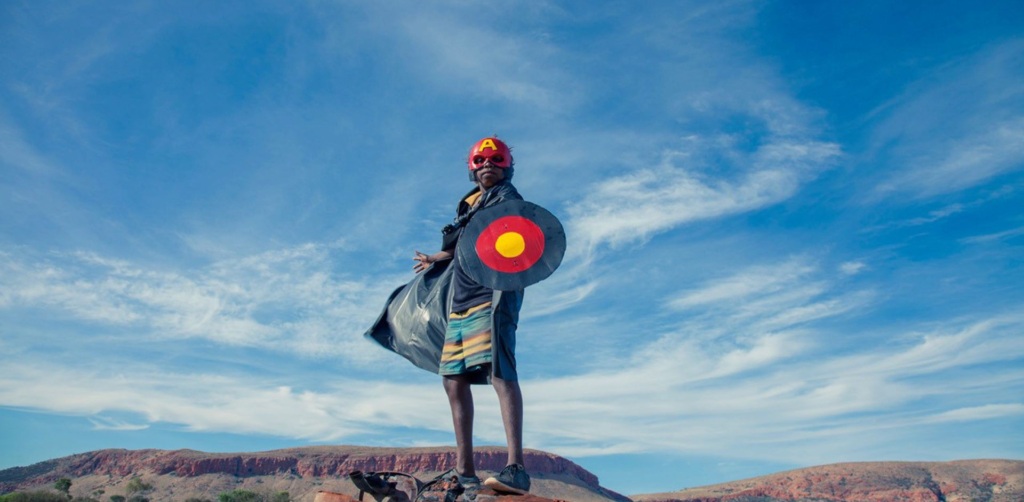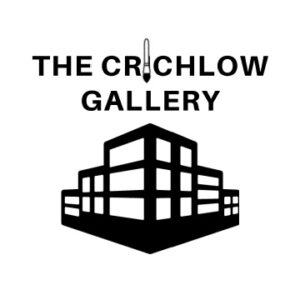Fifty years ago, the ABC program ‘Basically Black’ made history in more ways than one.
The television show was the first to be performed by an all-Indigenous cast, led by First Nations writers and producers.
It also led to the creation of the first Indigenous-made superhero, Super Boong.
The show, which was often praised as being ‘ahead of it’s time’, tackled social issues such as racism through comedy and humour.
It was considered too radical at the time and was discontinued.
Decades later, the legacy of ‘Basically Black’ — and Super Boong — is being celebrated in a new exhibition in Darwin, ‘Blak Power’.
The exhibition at the Northern Centre for Contemporary Art (NCCA) showcases artworks from more than a dozen First Nations artists drawing from the theme of Aboriginal superheroes.
Gallery director Petrit Abazi said ‘Basically Black’ was the catalyst for the exhibition.
“Since [1973], many artists have been inspired to produce their own superheroes,” he said.
“This is an opportunity to celebrate contemporary artists from all around Australia who are making their own beautiful, wonderful, fantastical superhero creation.”
Self-representation at the forefront
The artists in the exhibition said it was important to have Indigenous creators behind First Nations characters.
Jonathan Saunders, Wapabara man and creator of comic, Zero Point, said he started the series in order to challenge stereotypes.
“There are a lot of Indigenous superheroes who are created by American writers, so they tend to be more of a typical ‘Dreamtime warrior’ stereotype,” he said.
“I’m not disparaging non-Indigenous creators from creating Indigenous superheroes.
“But as an urban Aboriginal man, I draw on my own experiences, and same goes for a creator from community — they’re drawing on their own unique experiences.”
Balanggarra and Yolngu artist Molly Hunt said she wanted to champion the heroes in her own life through her artworks.
“My version of superheroes are community women, who are the backbone of society,” she said.
“I want to celebrate and show how strong they are.”
Ms Hunt said there wasn’t enough Indigenous representation in comics and animation, yet alone female characters.
“I want to showcase and honour that black women are magic, black women are strong, they are powerful,” she said.
Superhero parallels to Indigenous stories
Artist Tony Albert collaborated with children in Warakurna in the APY lands, giving them a chance to “embody and empower the idea of what a superhero is” to create the photographs featured in the exhibit.
He said he wanted to explore how ‘super powers’ exist within Indigenous communities.
“Superheroes might fly or become invisible, but in our own communities, what about helping our elders, or retaining culture?” he said.
“That can be a super power in its own right.”
Mr Albert said he believed there was a link between Indigenous Dreamtime stories and superhero fantasies.
“Superheroes have an incredible [connection] to Aboriginal culture and our stories of creation,” he said.
“We have incredible people and animals who did these amazing things in terms of land formation and our dreaming.
“There’s an intrinsic link that goes hand in hand.”
Mr Abazi said it was rewarding to give First Nations artists a space to celebrate their own culture and spotlight the ‘superheroes’ in their own lives.
“They can touch on their own culture and background, and often it’s quite empowering for them to be talking about their own country, their culture and their identities,” he said.
The exhibition ‘Blak Power’ is open until September 23.
This content was originally published here.



